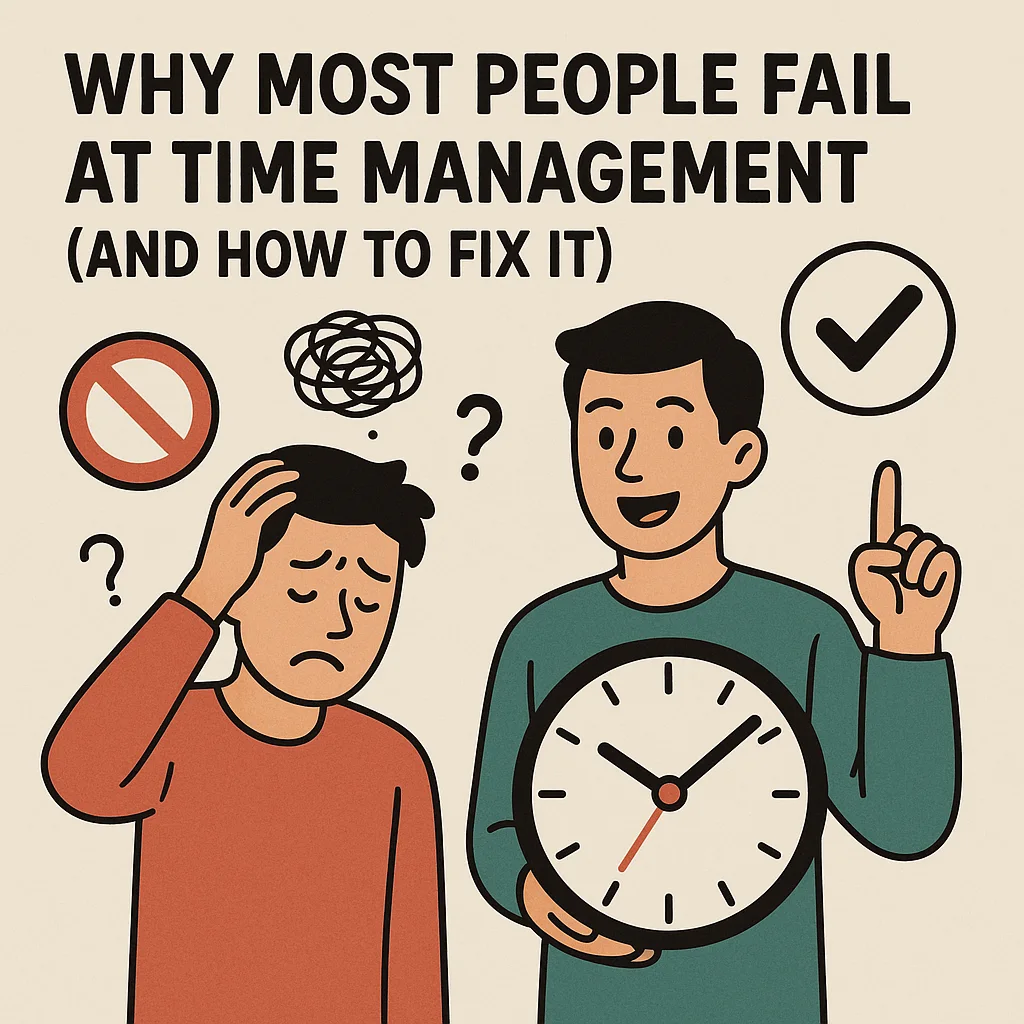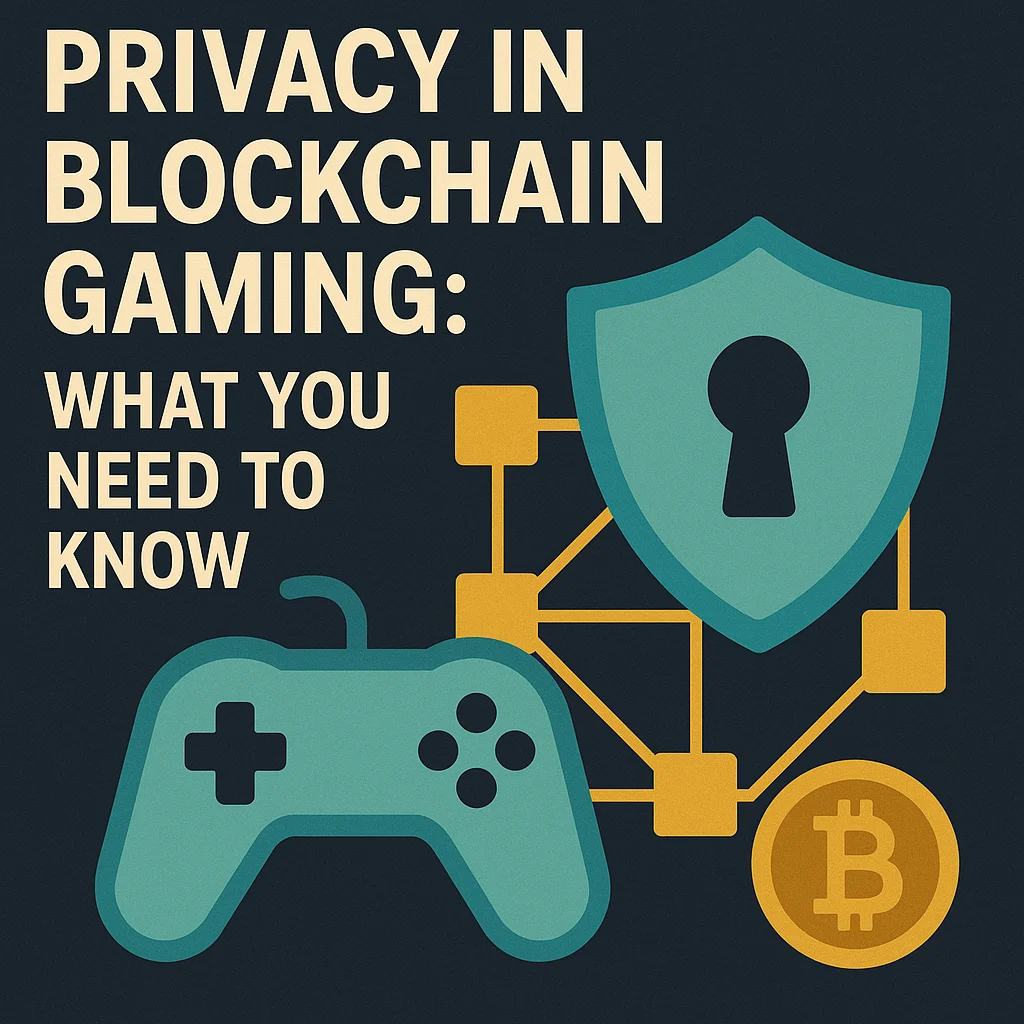With a high return on investment (ROI) and the capacity to establish individualized and direct connections with clients, email marketing has long been regarded as one of the most successful digital marketing strategies. Nevertheless, the conventional "one-size-fits-all" strategy for email marketing no longer satisfies modern consumers' demands. Personalization is now a key component of effective email tactics in a digital world when consumers are inundated with marketing communications on a regular basis.
The next development in email marketing is predictive personalization. It uses machine learning, artificial intelligence (AI), and data analytics to provide consumers with hyper-personalized content based on their past activities, preferences, and anticipated future actions. Email marketing is changing as a result of this revolutionary strategy, which enables companies to better understand client demands, increase engagement, and boost conversions.
This blog post will explain predictive personalization, its advantages, how it operates, and how companies can use it to transform their email marketing tactics.
What Is Predictive Personalization?
The practice of customizing email content for each recipient by utilizing data and predictive algorithms is known as predictive personalization. Predictive personalization is more in-depth than typical personalization, which may include using the recipient's name or making reference to previous purchases. It creates a highly relevant and timely email experience by anticipating what a consumer is likely to need or want in the future.
To determine whether a consumer is interested in a new product line, an e-commerce company might, for instance, look at their browsing history, past purchases, and preferences. Then, the company could send a targeted email highlighting the products. On the basis of a user's viewing tastes and behaviors, a streaming service may also suggest new television series or films.
Marketers can interact with consumers in a way that feels natural, beneficial, and tailored by forecasting their future behaviors or preferences.
How Predictive Personalization Works
Predictive personalization depends on cutting-edge technology like AI, big data, and machine learning. This is an explanation of how it operates:
1. Data Collection
Predictive personalization starts with gathering data from multiple sources, including:
-
Behavioral Data: Website visits, email opens, clicks, and browsing patterns.
-
Transactional Data: Purchase history, average order value, and frequency of purchases.
-
Demographic Data: Age, location, and gender.
-
Real-Time Data: Current actions, such as an item added to a cart but not purchased.
2. Data Analysis and Segmentation
After being gathered, data is examined to find trends and patterns. Based on user behaviors, preferences, and lifecycle stages, machine learning algorithms divide users into discrete categories. Customers, for example, can be divided into groups such as first-time purchasers, loyal customers, and lapsed consumers.
3. Predictive Algorithms
AI-powered predictive algorithms forecast customer behavior. These algorithms can predict:
-
What products a customer is likely to buy next.
-
When a customer is most likely to make a purchase.
-
Which type of content or offer will resonate most with a particular user.
4. Content Personalization
Each user receives customized email content based on these forecasts. This could involve tailored product suggestions, focused promotions, or carefully chosen material. Sending the appropriate communication to the appropriate person at the appropriate moment is the aim.
5. Automation and Delivery
Predictive analytics and email automation technologies work together to send tailored messages at the best times, increasing engagement and conversion rates.
Benefits of Predictive Personalization in Email Marketing
Predictive personalization offers a wide range of benefits for businesses and marketers, including:
1. Enhanced Customer Experience
Relevant and customized experiences are valued by customers. Emails that use predictive customisation come across as timely, helpful communications rather than generic marketing messages.
2. Higher Engagement Rates
Open rates, click-through rates, and engagement levels are generally greater for personalized emails. Marketers can more successfully draw in customers by producing content that speaks to their interests.
3. Increased Conversion Rates
Customers are more inclined to buy something when they receive recommendations or offers that fit their preferences. Email campaigns can become effective sales engines with the use of predictive personalization.
4. Reduced Churn
Businesses can reduce churn and promote loyalty by proactively addressing pain points or re-engaging inactive consumers by anticipating their wants and preferences.
5. Improved ROI
Email campaigns are optimized for optimal effectiveness using predictive personalization, which improves performance and increases return on investment.
6. Streamlined Marketing Efforts
Marketers may concentrate on developing highly focused ads instead of squandering money on inefficient tactics thanks to AI-driven insights.
Real-World Applications of Predictive Personalization
Predictive personalization is being used across industries to create impactful email campaigns. Here are some examples:
1. E-Commerce
Predictive personalization is used by online merchants to send out timely discount offers, upsell related products, and make product recommendations. An email might, for example, recommend shoes that go well with a customer's recent dress purchase.
2. Travel and Hospitality
Travel agencies use customer preferences and booking histories to suggest flights, hotel stays, and holiday packages. For instance, a customer who often plans beach trips would receive an email promoting tropical locations.
3. Streaming Services
Predictive algorithms are used by services like Netflix and Spotify to suggest content. Emails may feature recently released music or television programs that fit the user's previous listening or viewing preferences.
4. Financial Services
Based on a user's spending habits and financial objectives, banks and fintech businesses use predictive personalization to market specialized financial products, including credit cards or savings plans.
5. B2B Marketing
By distributing pertinent content, such whitepapers, case studies, or invites to events, according to the recipient's industry and interests, B2B organizations use predictive personalization to nurture leads.
Conclusion
The future of email marketing lies on predictive personalization. Businesses may send timely, highly relevant messages that connect with customers on a personal level by utilizing data and cutting-edge technology.
The benefits of predictive personalization outweigh the costs and labor involved in its implementation. Companies that use this strategy can increase engagement, cultivate client loyalty, and accomplish unmatched email marketing campaign outcomes. Predictive customisation will continue to be a potent tool for staying ahead of the curve and creating enduring partnerships as customer expectations continue to change.




